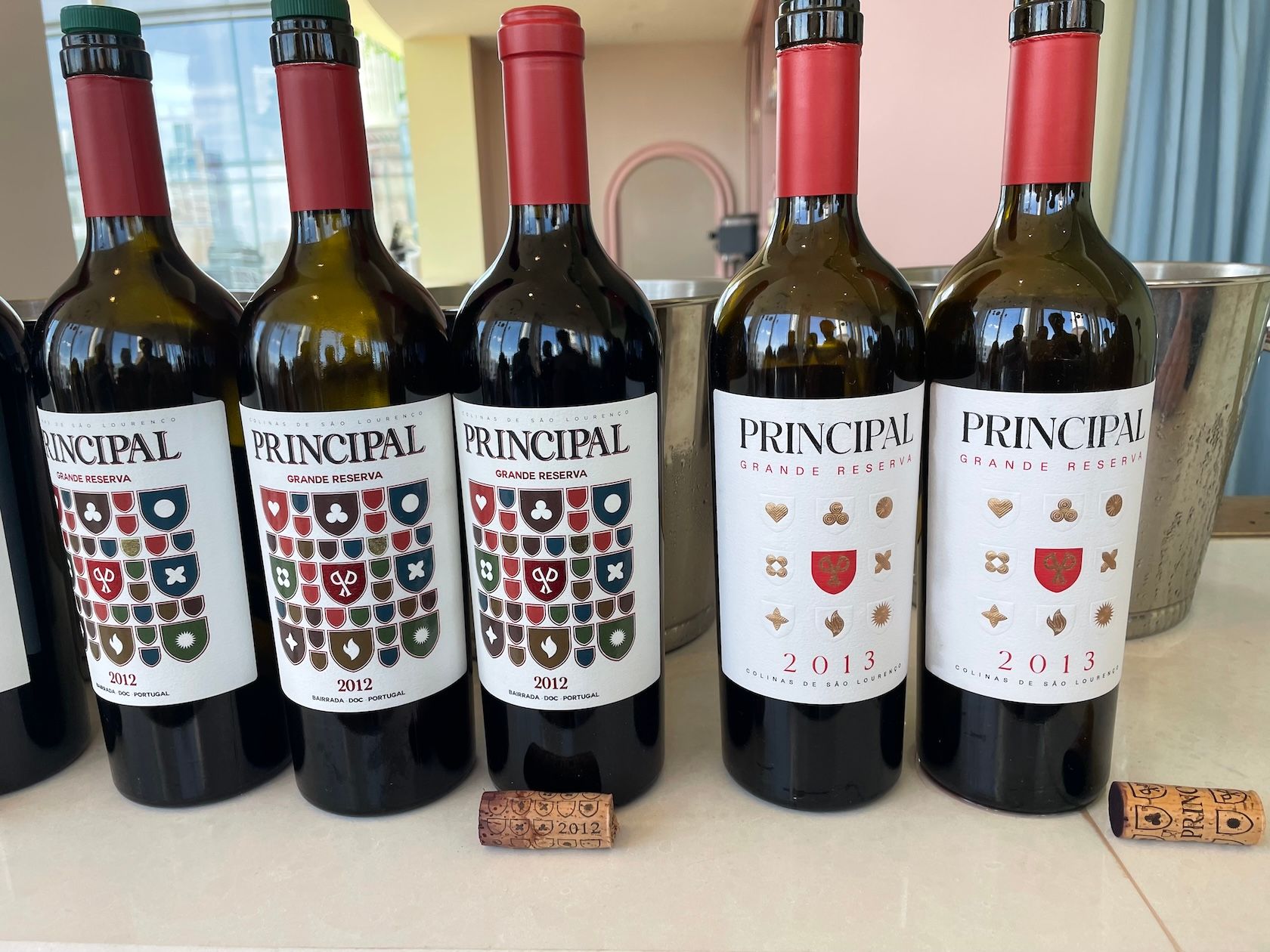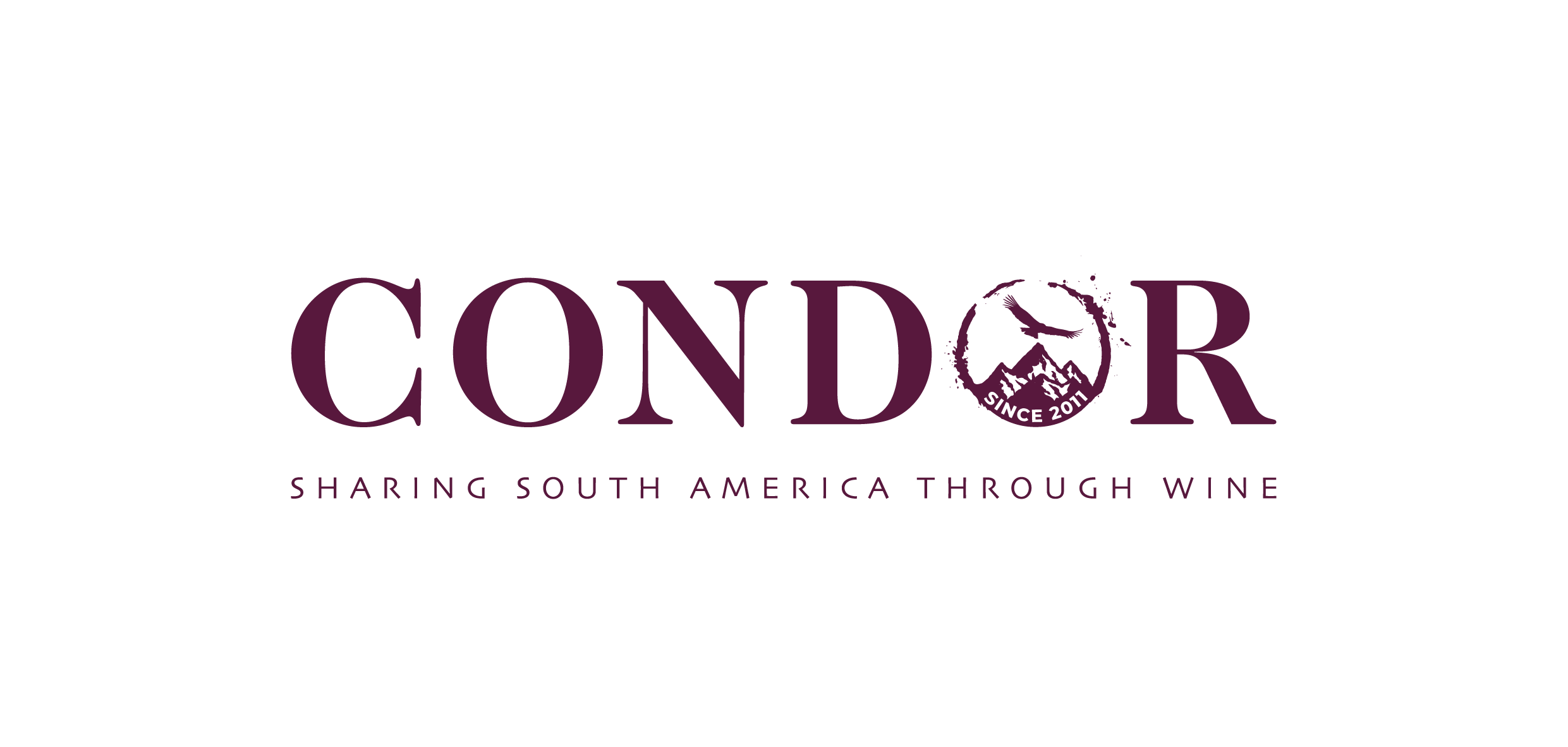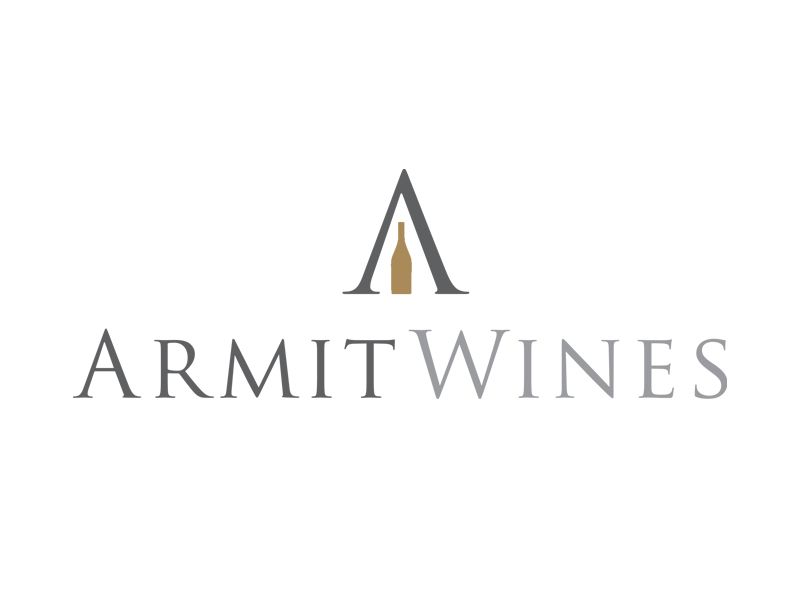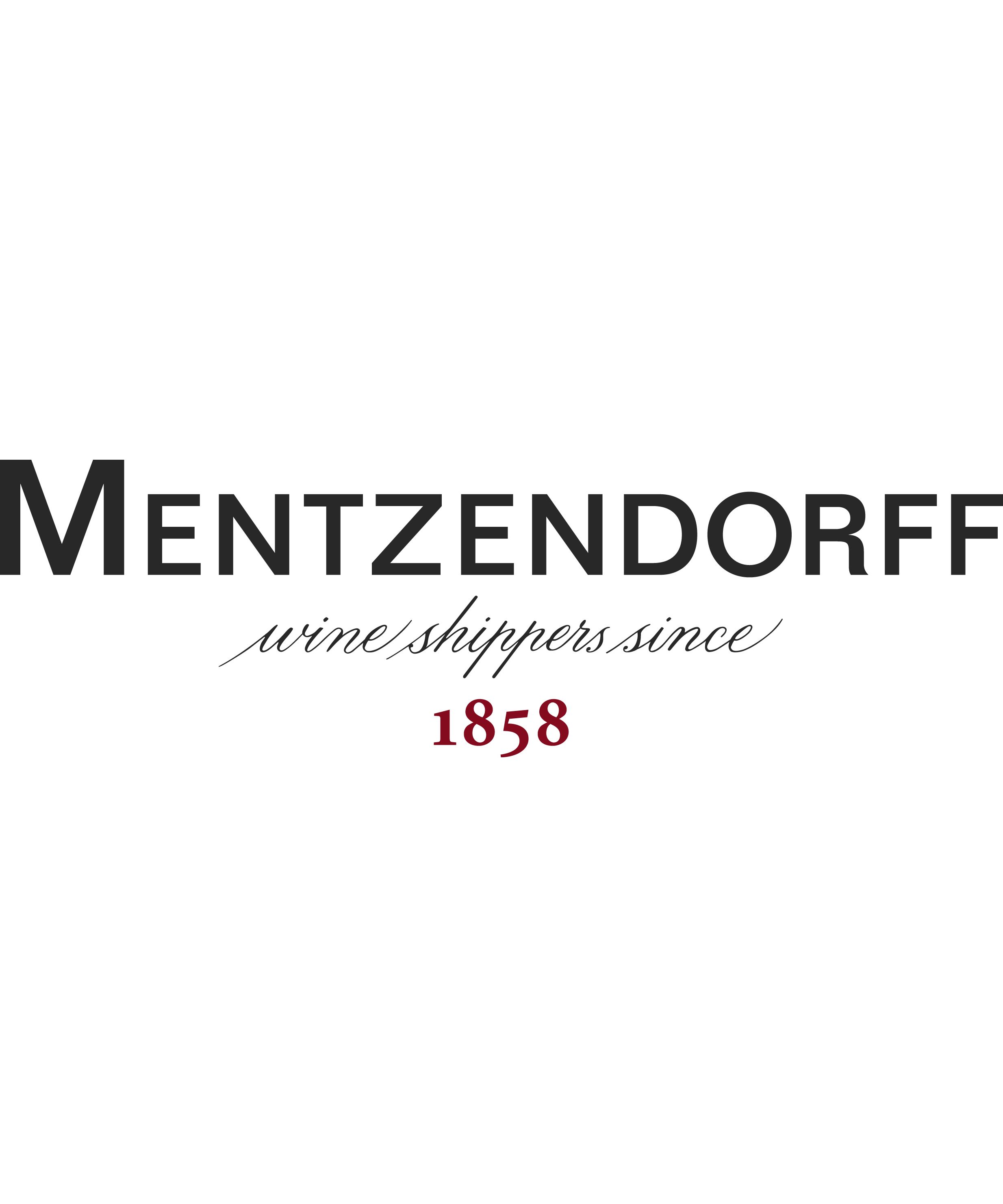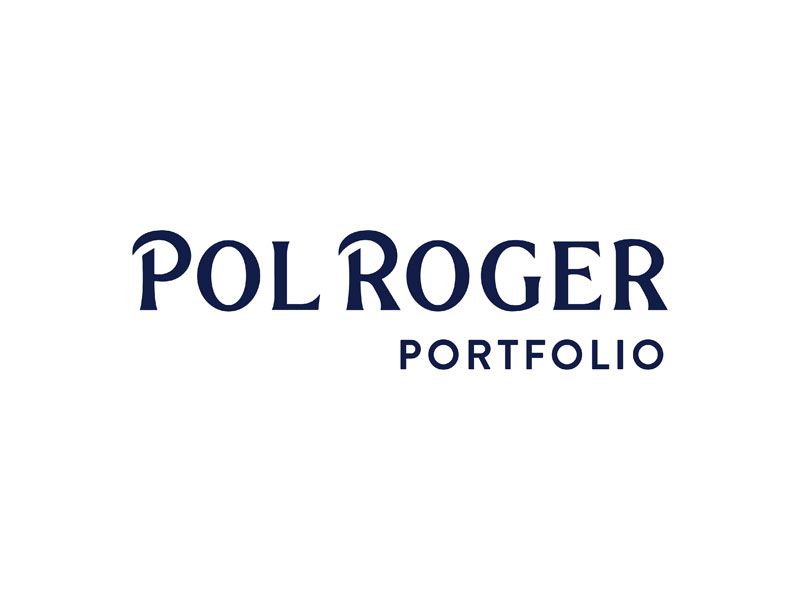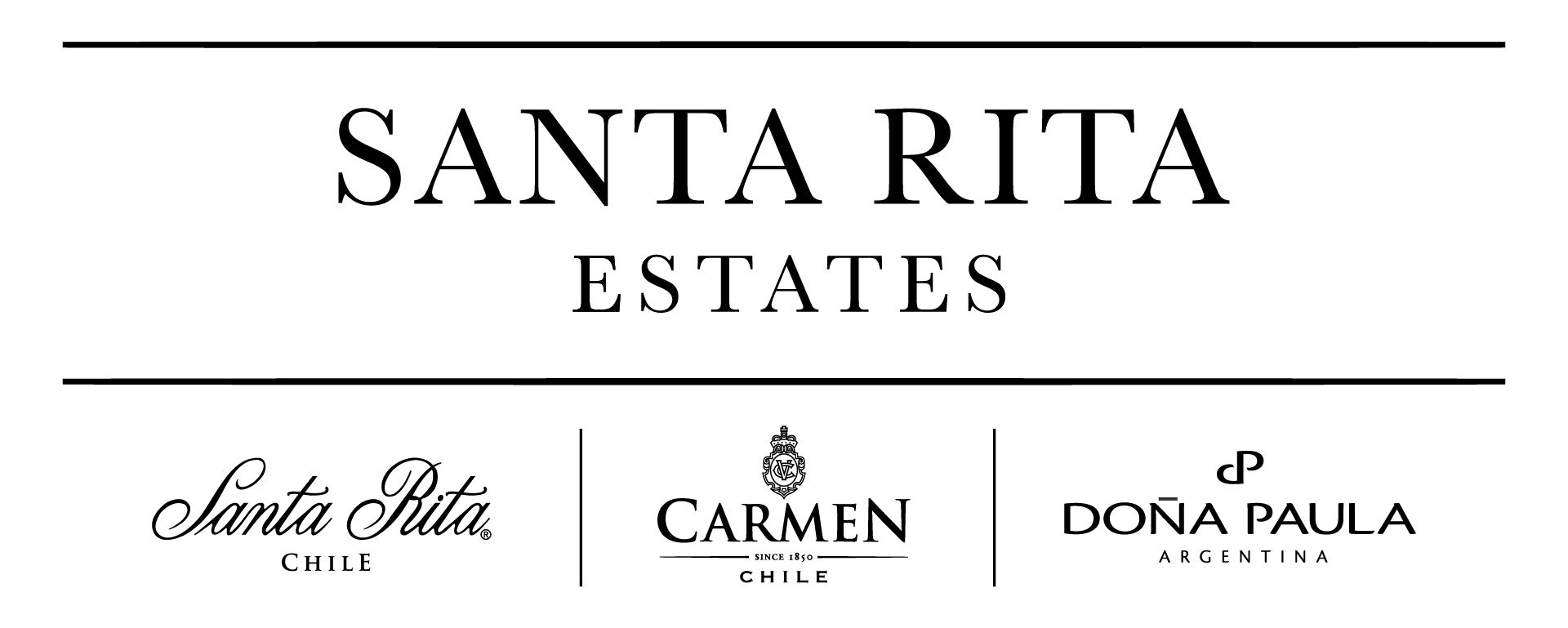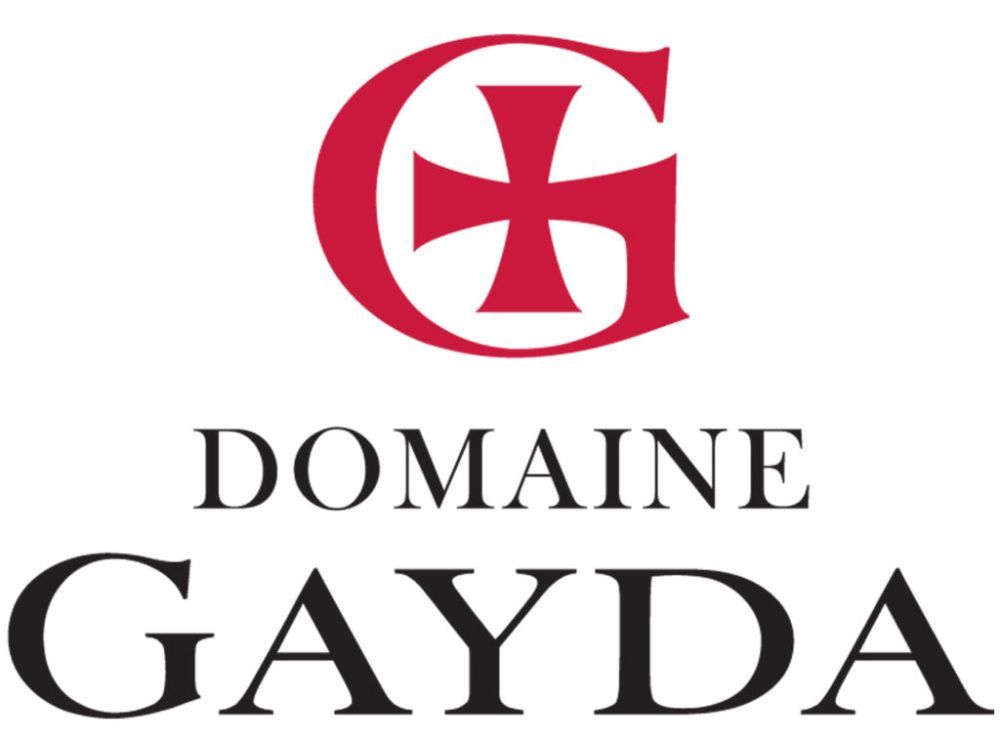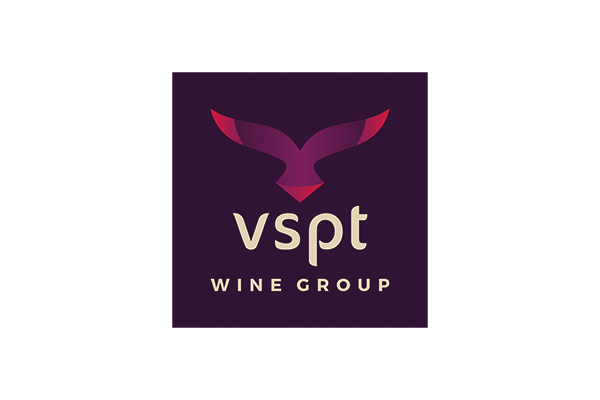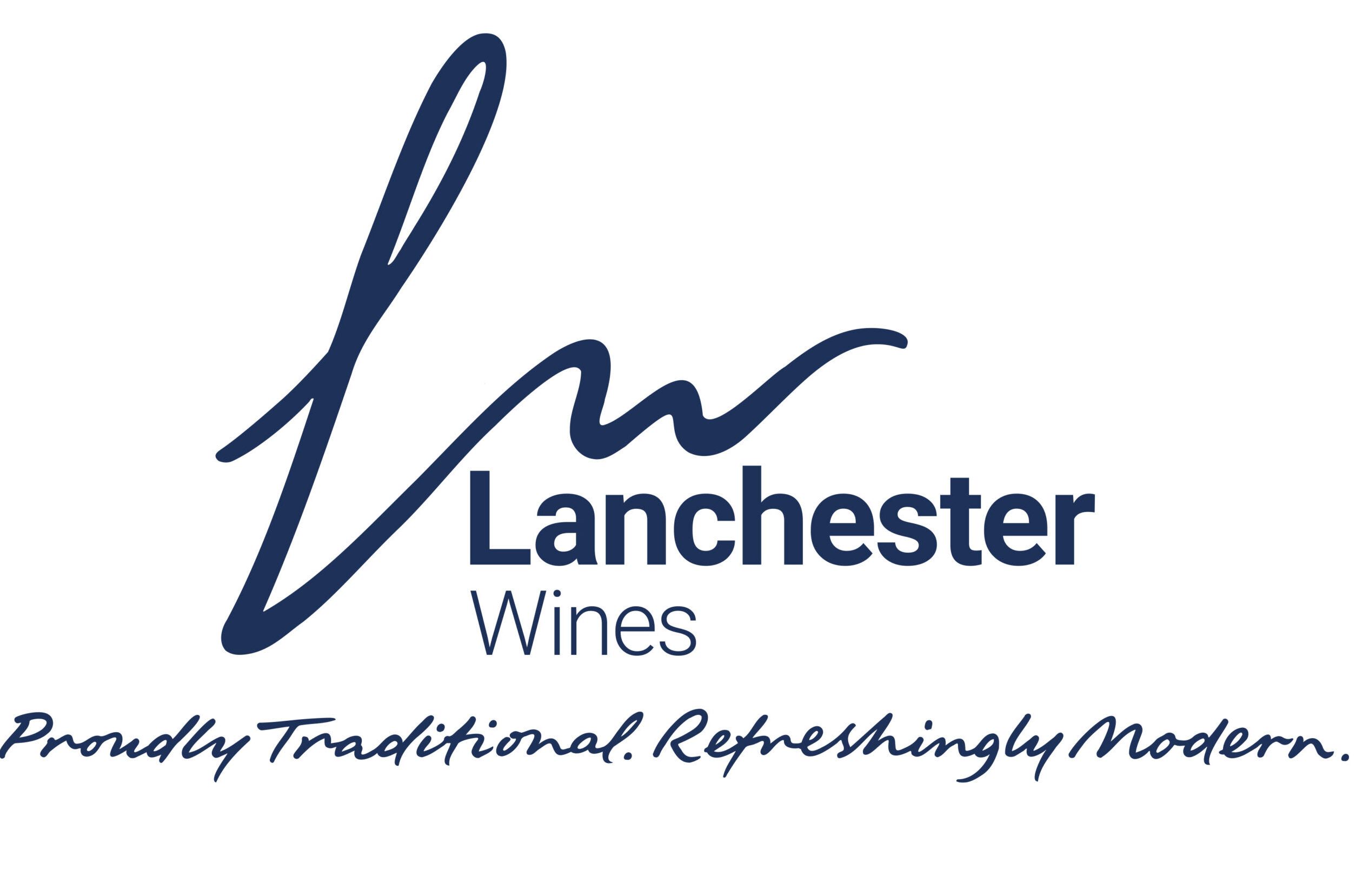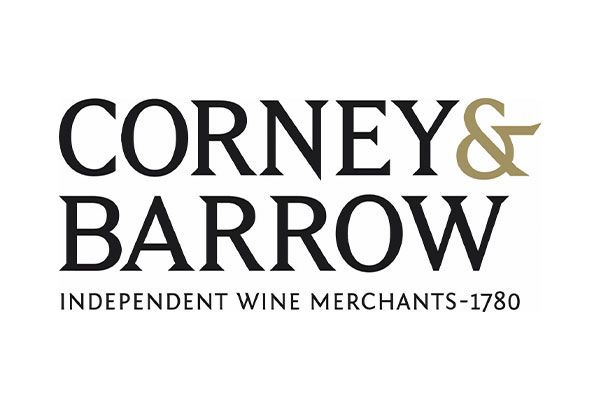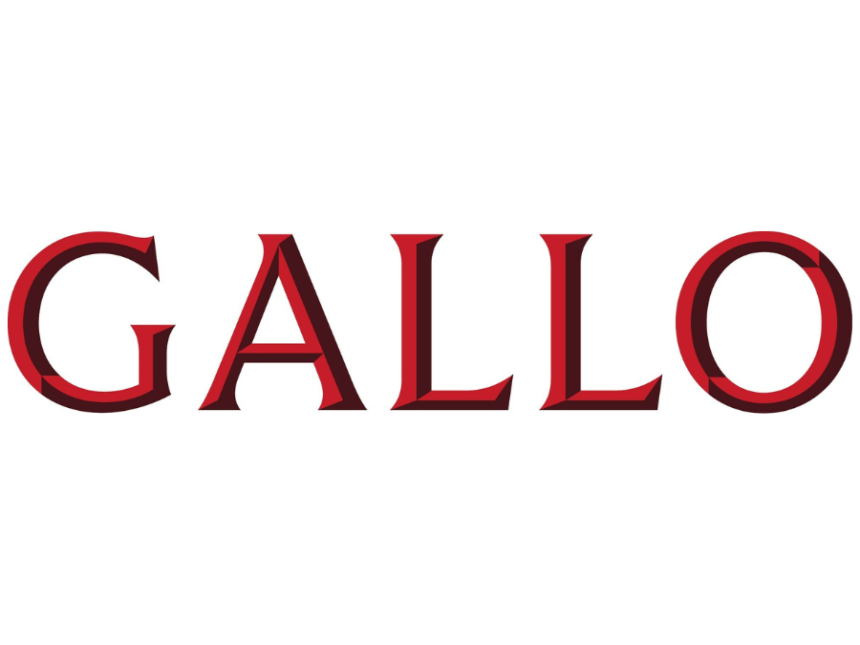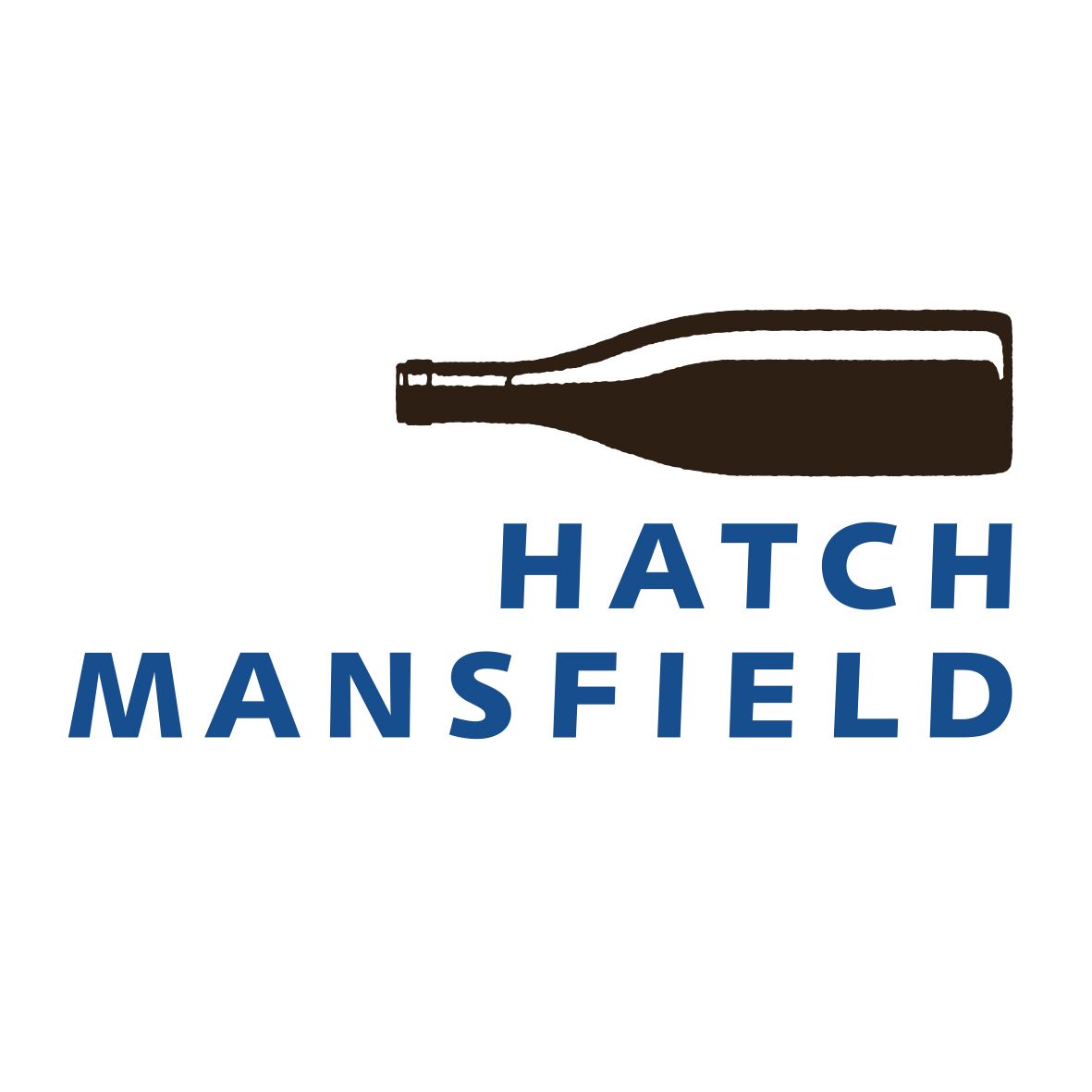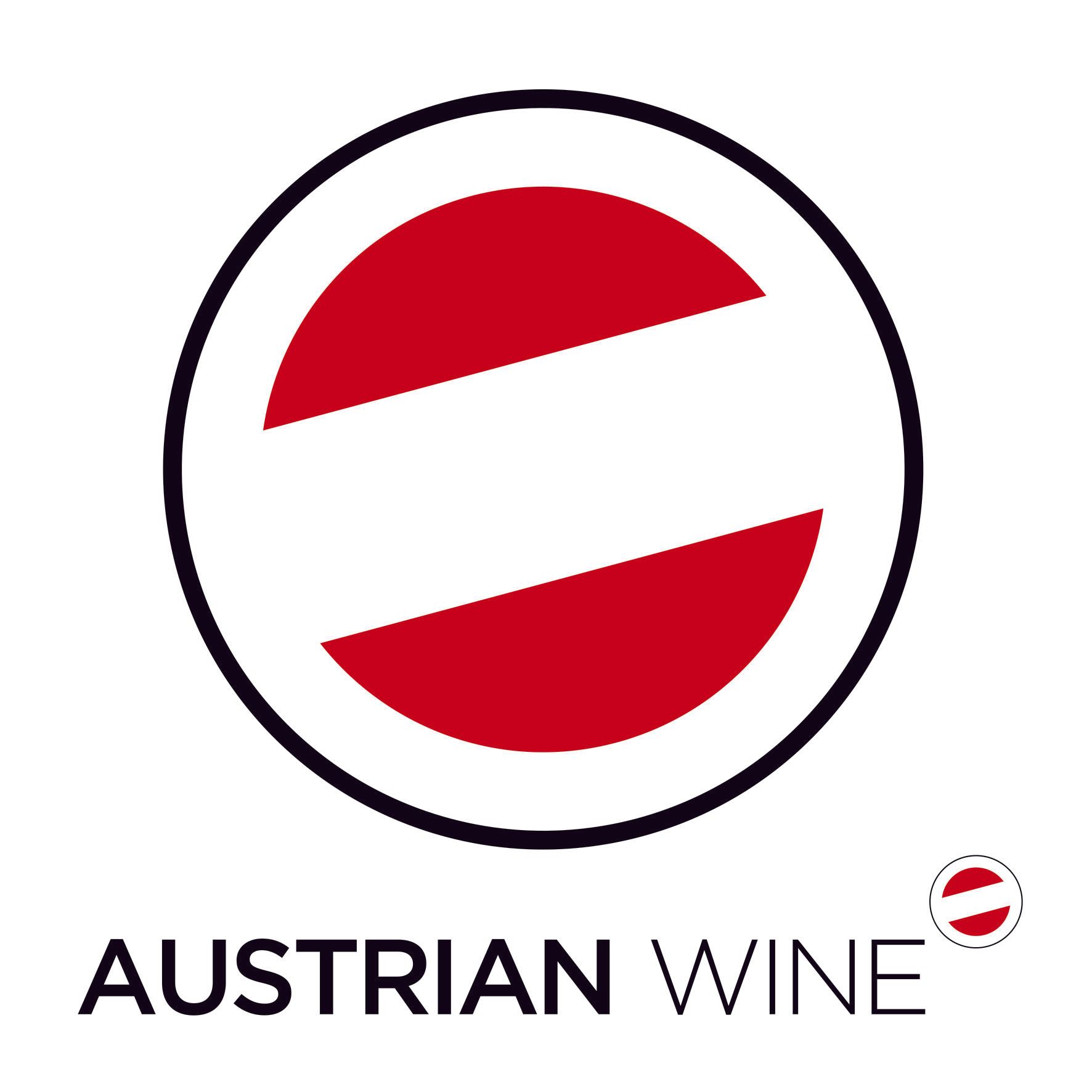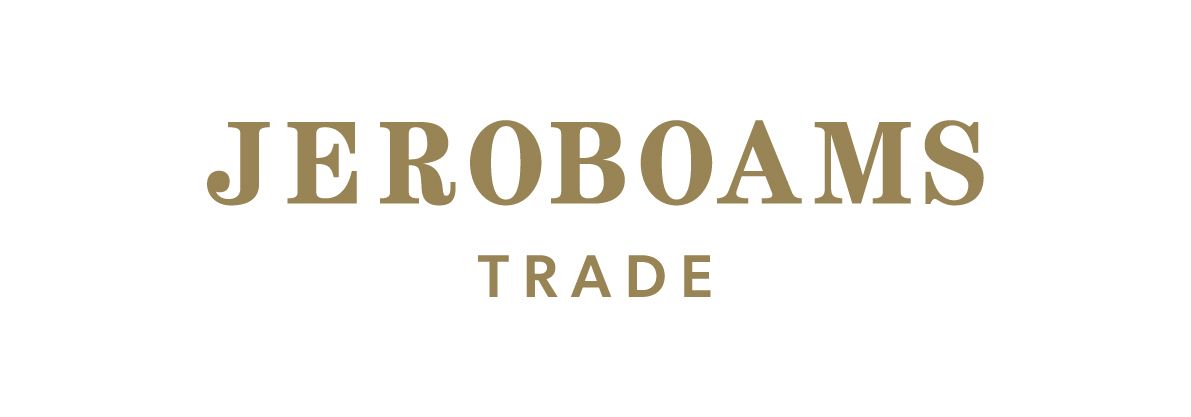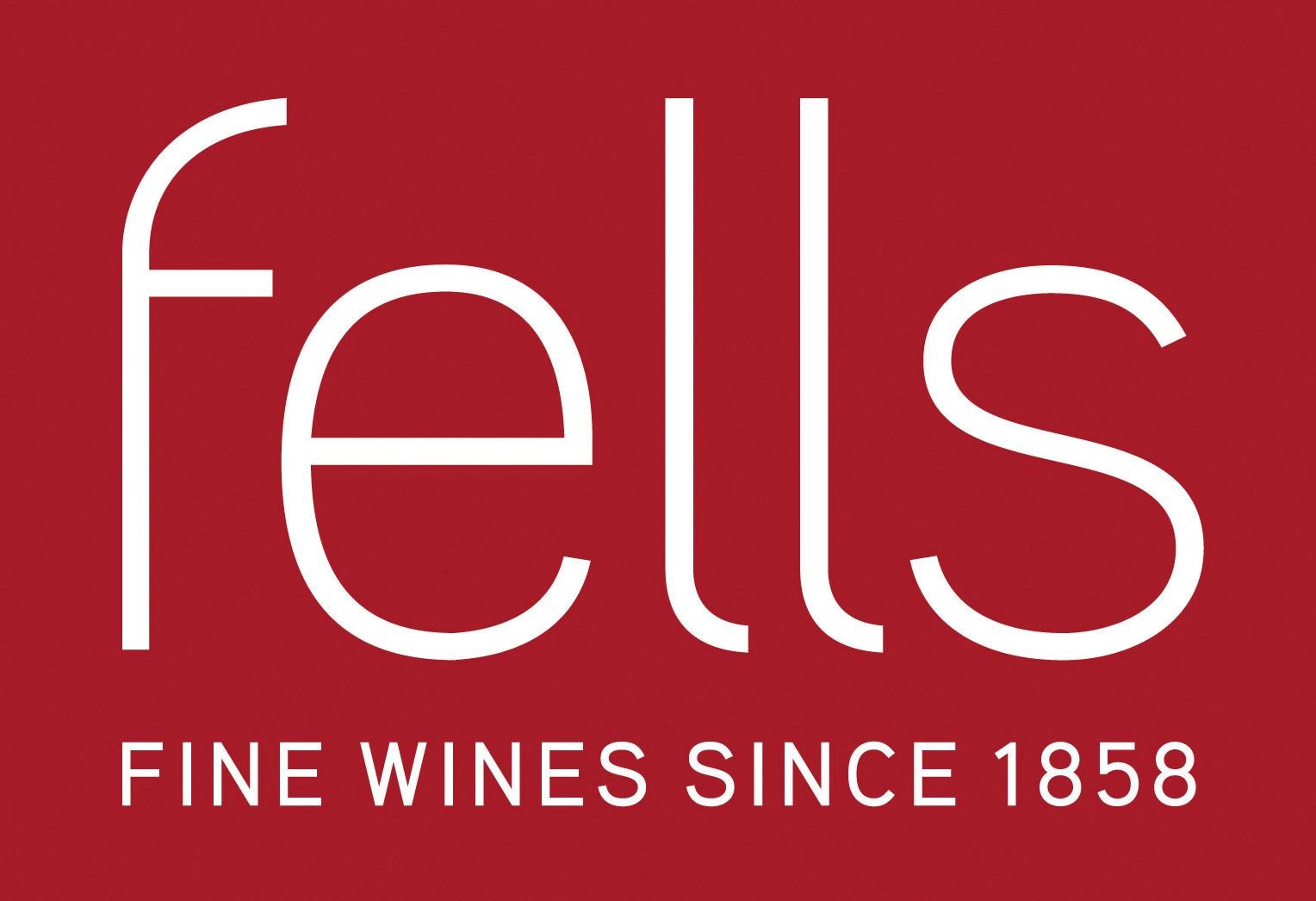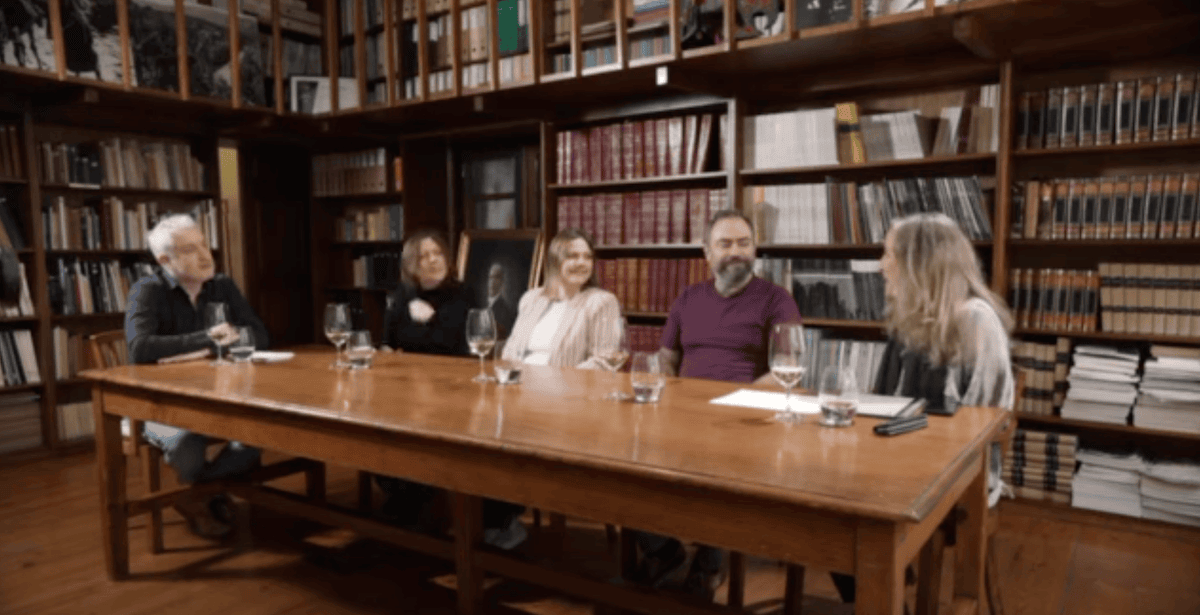“It took us 330 years as a company to move into the world of still wines,” quips Chris Forbes, deputy managing director of the centuries-old Fladgate Partnership. It was indeed only two years ago that the owner of iconic port producers Croft, Fonseca and Taylor’s Port screwed up its courage to make the move. In acquiring Ideal Drinks, Fladgate acquired still wines from three Portuguese regions: Dão, Vinho Verdi and Bairrada.
It’s the Bairrada DOC that’s showcased at our lunch, most specifically, Principal which is very much Fladgate’s flagship still label.
We’re on the fifteenth floor of the art’otel London Battersea Power Station with a five metre-high wall of glass looking out directly onto the monumental chimneys of Battersea Power Station. The stunning venue can be read as a statement of Fladgate’s ambitions for the Principal range.
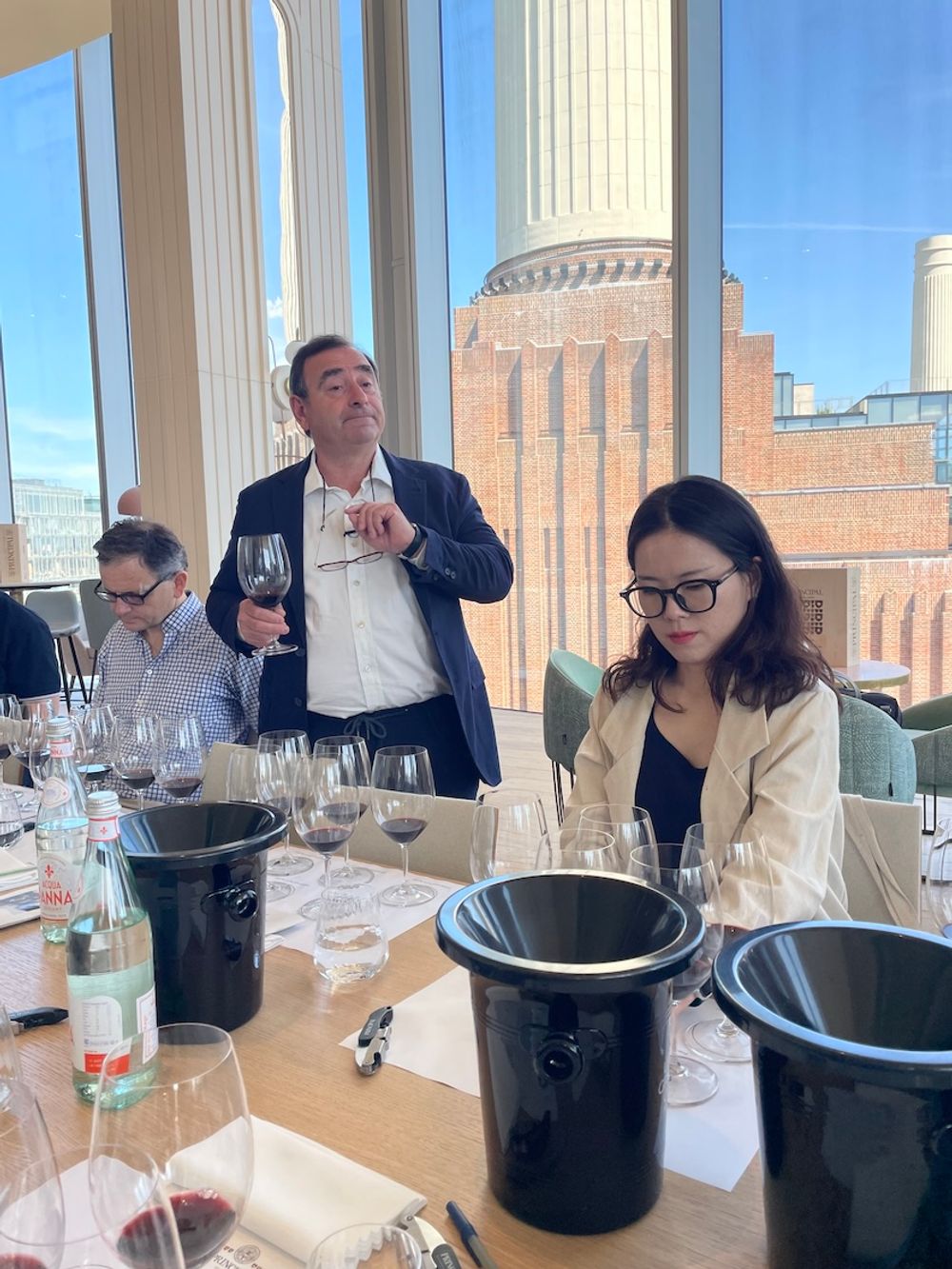
Principal's winemaker Pascal Chatonnet currently does not use Braga in the blend but has not ruled out future use
Principal’s story, as told by the producer’s long-standing winemaker, the engaging Pascal Chatonnet from France, is both familiar and strange. Located on the Atlantic coast south of Porto, the impetus for quality in the Bairrada region emerged in the 1980s in part because it was clear that Bordeaux varieties were well suited to the region’s maritime climate. The ambition since has been to make Bordeaux-style wines (with quality and prices to match) but retain a Portuguese character.
But whereas many top-end producers have opted to use Bairrada’s indigenous grape, Baga, in the blend, Principal has chosen not to. Baga’s tannins and acidity have been described as “fearsome”. But it is capable of making great, ageworthy wine and Chatonnet has not ruled out its future use – it is already big in the sparkling wine for which the region is noted.
Principal’s 61 hectares of vines are spread across rich clay-limestone soils planted with Touriga Nacional, Cabernet Sauvignon and Merlot. Touriga Nacional, of course, is an indigenous variety and it’s known for its high-quality, concentrated and perfumed dark-skinned berries, finding itself cast increasingly in a starring role. The entire vineyard is dry-farmed, meaning there is no irrigation.

Before us at lunch is a flight of Principal Grande Reserva Reds from 2009 to 2013. The ABVs are all between 14 per cent and 14.5 per cent. The winery, says Chatonnet, finds it a stretch to get the level below 14 per cent.
We start with the Principal Grande Reserva 2009 (RRP £130 a bottle). This introduces us to the power, elegance and balance that the winery’s flagship wine is seeking. On display are the deep colour, robust structure, and excellent ageing potential that is the hallmark of the range. There’s dense black fruit at the core, silky tannins with lively acidity, earthy notes and some savoury grip.
The Principal Grande Reserva 2010 (RRP £130) is more opulent. But it too shows how Bairrada’s best wines are gaining the complexity of Bordeaux. Above all, the 2010 displays a tension that Chatonnet strives to achieve in all these wines.
The Principal Grande Reserva 2011 (RRP £130) was not so well-received at first. More peppery and spicier, Chatonnet is convinced that it promises to be a late developer. Just give it a couple more years.
By contrast, the Principal Grande Reserva 2012 (RRP £100) is already near its peak. With notes of cassis and chocolate, it is more easy drinking. The Principal Grande Reserva 2013 (RRP £100) – the most recent vintage to be released – is a touch more angular and very Bordeaux in style. But it is also up the easy-drinking end of things and would pair effortless with food such as suckling pig. Aromas of preserved black fruit, mint and green pepper, layered with spices from oak.
Principal is produced every year, with an average production of around 20,000 bottles, with the goal of showing the difference between one vintage and the next. Chatonnet sees the wines as revealing a slow development in increased balance and elegance. “It is not a garage wine, it is not a barrel selection”.
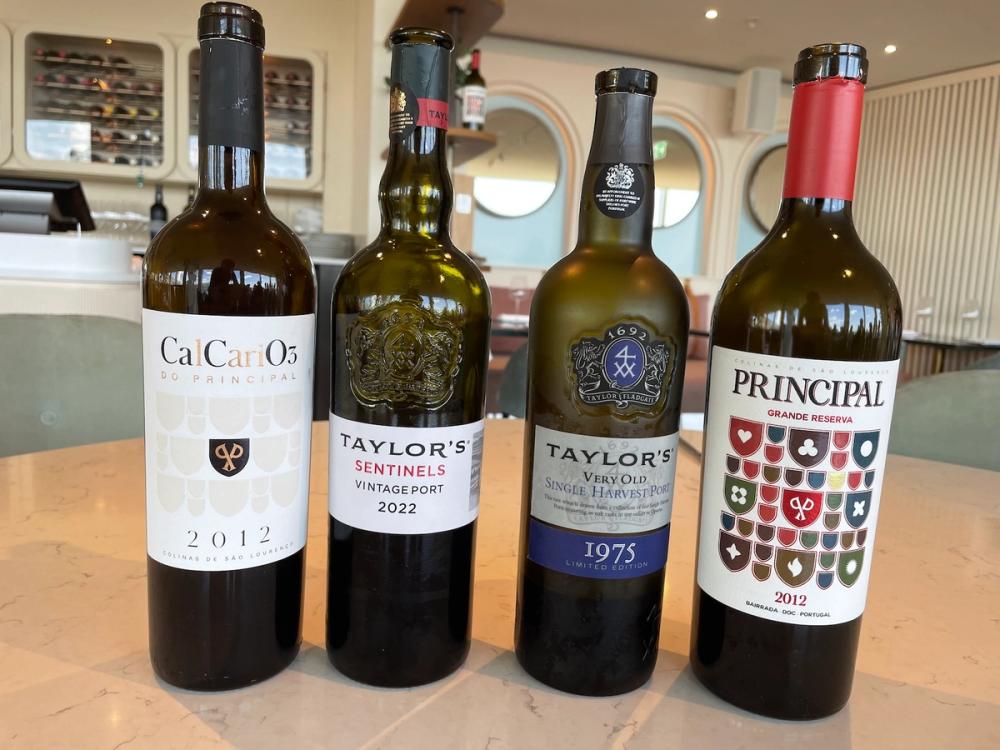
Fladgate, rightly, can’t resist showing some of its less exalted wine offerings from the Ideal Drinks haul. For example, there is the all-Chardonnay Colinas Brut Nature NV (12.5% ABV, RPP £23), a good-value sparkler. And also the all-Albariño Graça de Pedra Alvarinho 2022 (13% ABV), a bit of a bargain at £17 a bottle. Finally, we are indulged with something from the firm’s legacy portfolio. The Taylor’s 1975 Single Harvest Tawny Port (20% ABV, RRP £300). Pure nectar, this fortified offering almost excuses Fladgate’s unconscionable delay in moving into still wines.
Principal and the other wines from the Fladgate Partnership are imported and sold in the UK by Mentzendorff which is a commercial partner of The Buyer. To discover more about them click here.
